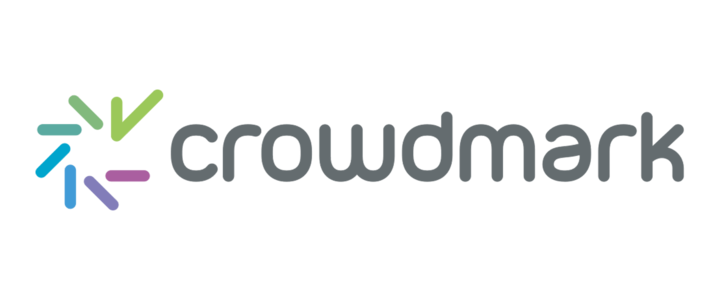Maths-related disciplines often require students to hand write answers in the form of equations, formula or graphs. If the assessment is online the these answers will then need to be scanned using a tool like Microsoft Lens, and then uploaded to a digital platform. The maths department in the Mathematical and Physical Sciences (MAPS) Faculty have been making use of an discipline-specific platform for running their mathematics exams. The platform is known as Crowdmark and was developed by a University of Toronto maths professor along with one of his graduate students for the 2012 Sun Life Canadian Open Mathematics Challenge. The platform has multiple benefits for markers, for example it supports use of quick comments and allows adjustment of marks across the board based on the insights made during the marking process. Student and staff feedback for the platform has been overwhelmingly positive.
In the following video case study maths lecturer Dr Beatriz Navarro Lameda talks about the maths department’s use of Crowdmark and the marking process involved. She also gives an overview of how Crowdmark works.
What we did and why
 Dr Beatriz Navarro Lameda explains: We decided to use Crowdmark for maths assessments for a variety of reasons. It is very well suited for marking mathematics and technical subjects, and as academics we can type latex write directly into the questions. The marking tools that Crowdmark offers are very convenient, for example one thing that we use a lot is the comment library. We can create comments that are pre-made with points attached to them and you can quickly add those comments to the student work. This allows us to give feedback to the students that is richer and more consistent. You can mark twice as fast using Crowdmark compared to paper and paper. For students consistency in marking is very important, but is very hard to achieve unless you have a plaform that supports it. Students love Crowdmark.
Dr Beatriz Navarro Lameda explains: We decided to use Crowdmark for maths assessments for a variety of reasons. It is very well suited for marking mathematics and technical subjects, and as academics we can type latex write directly into the questions. The marking tools that Crowdmark offers are very convenient, for example one thing that we use a lot is the comment library. We can create comments that are pre-made with points attached to them and you can quickly add those comments to the student work. This allows us to give feedback to the students that is richer and more consistent. You can mark twice as fast using Crowdmark compared to paper and paper. For students consistency in marking is very important, but is very hard to achieve unless you have a plaform that supports it. Students love Crowdmark.
We’ve also been able to use Crowdmark to train markers. If markers make a mistake and you realise a comment is incorrect on 400 papers it can easily be changed on all those instances where you’ve used that comment. This allows us to effectively supervise PGTAs who are new to marking.
In the future we would like to use Crowdmark more for coursework assessments. We are also looking forward to working with the Central Assessment Team to implement in-person use of Crowdmark.
Beatriz’s top five benefits of Crowdmark:
- Marking is fairer and more consistent
- It can be used to train markers
- Crowdmark uses quick comments – markers can create a pool of comments for each assessment
- Crowdmark allows markers to tie comments to marks
- Allocating individual questions to markers is straight forward
What next?
The maths department will be using the Crowdmark platform for all their summer central assessments in the 2022-23 academic year. Students will sit in-person examinations and will be issued printed answer papers with QR codes on each page. This allows the questions to be broken down and a separate PDF submitted for each question. Admin staff will scan in copies of the papers and link them to the student using candidate numbers, and to the appropriate marker for each question. The Central Assessment Team will be supporting the department in managing the assessment process. Currently Crowdmark is not integrated with Moodle (the UCL Virtual Learning Environment) but there are plans to add an integration in the future.
Handwritten papers containing formula, and associated Optical Character Recognition (OCR) techniques will continue to be a challenge for future digital assessment approaches. Possible solutions include use of a discipline specific platform like Crowdmark and teaching students LaTex as part of their course.
